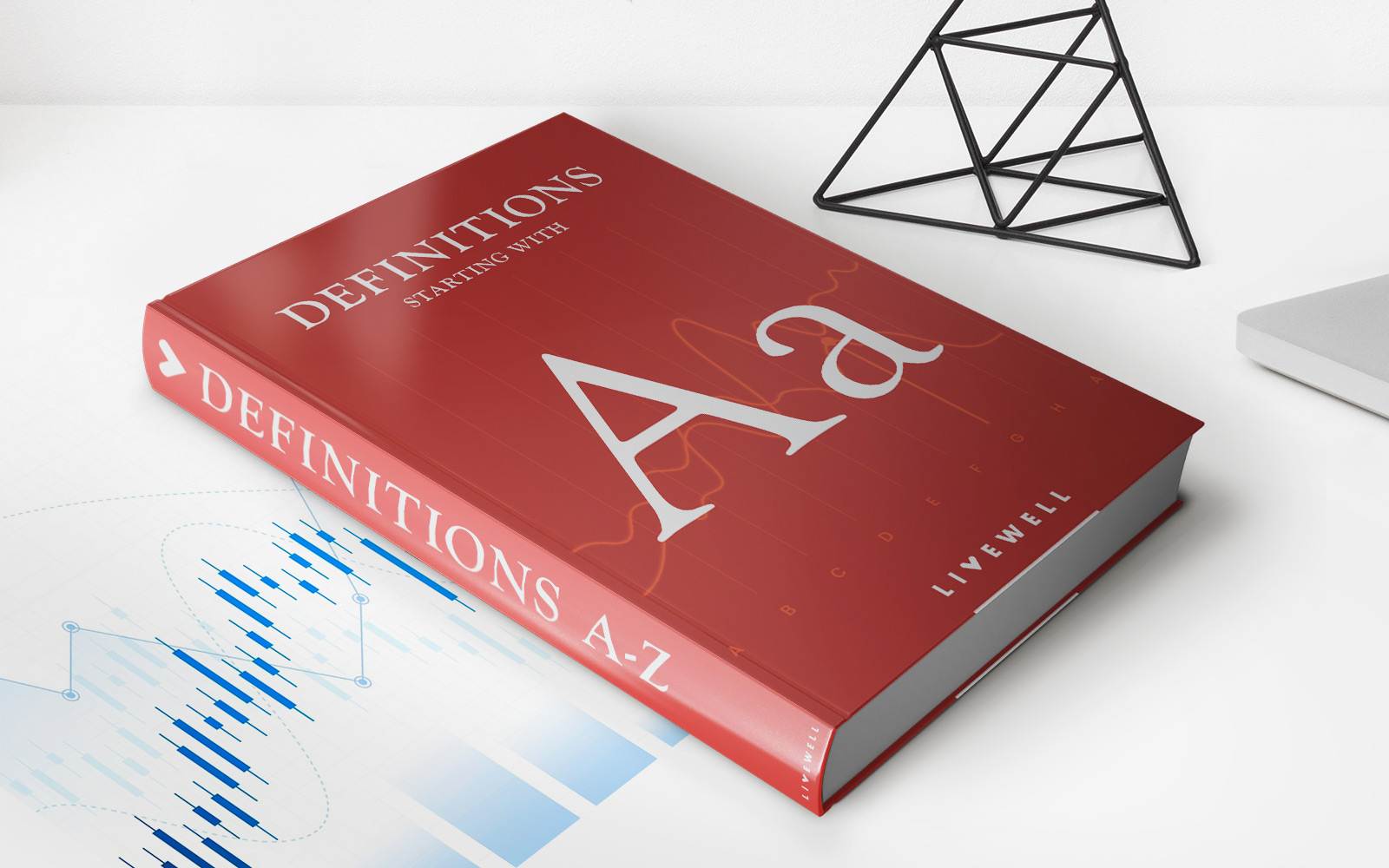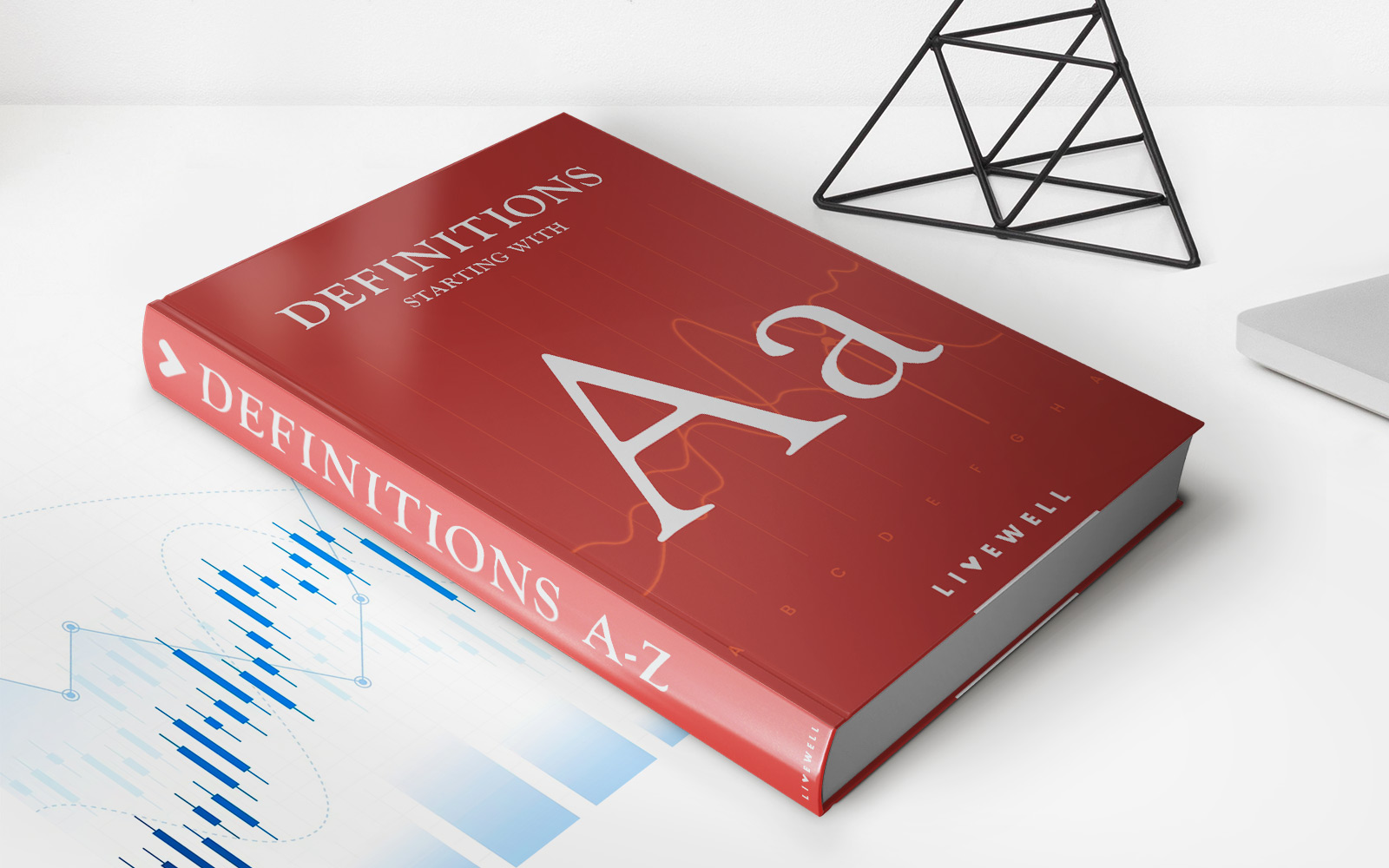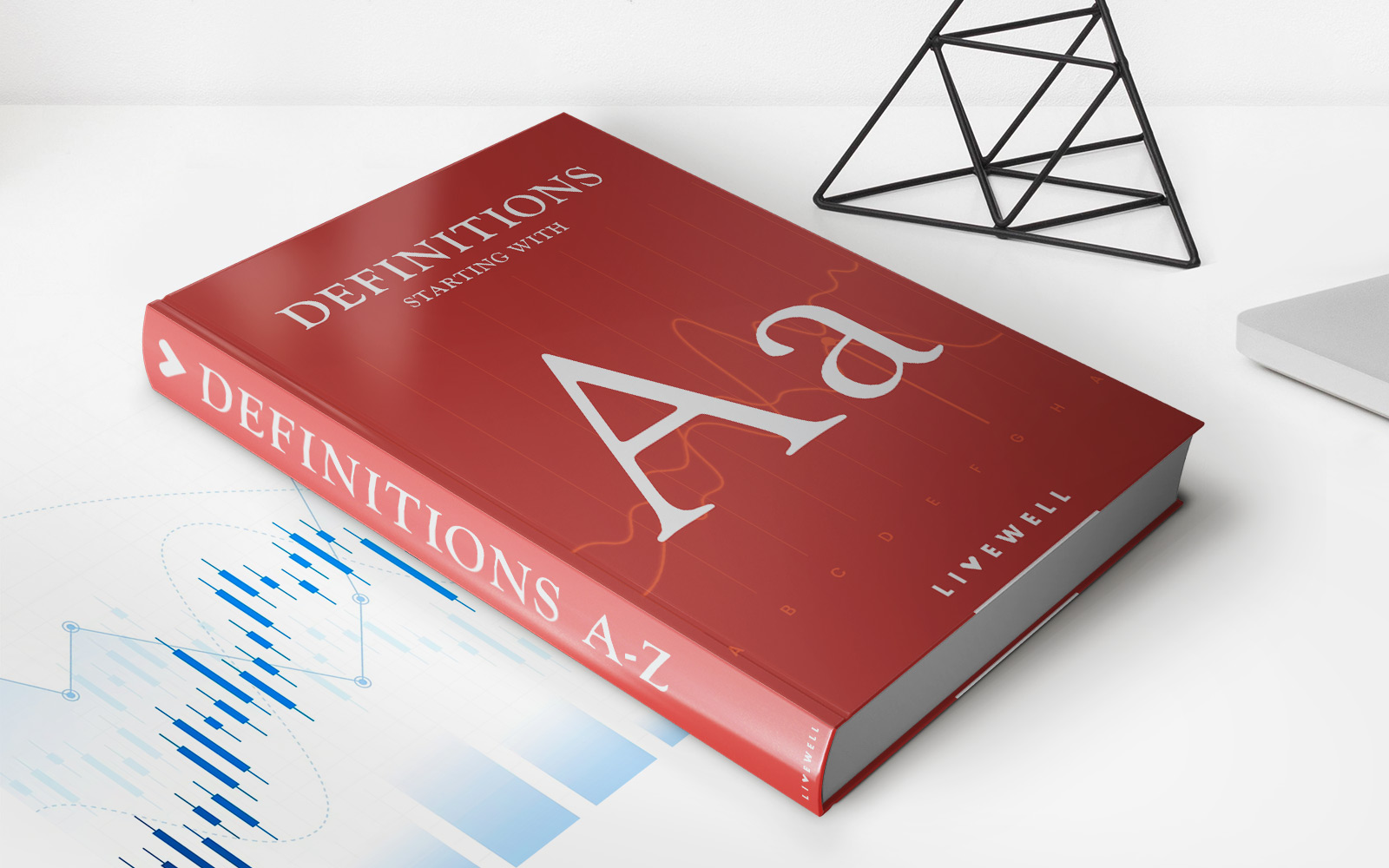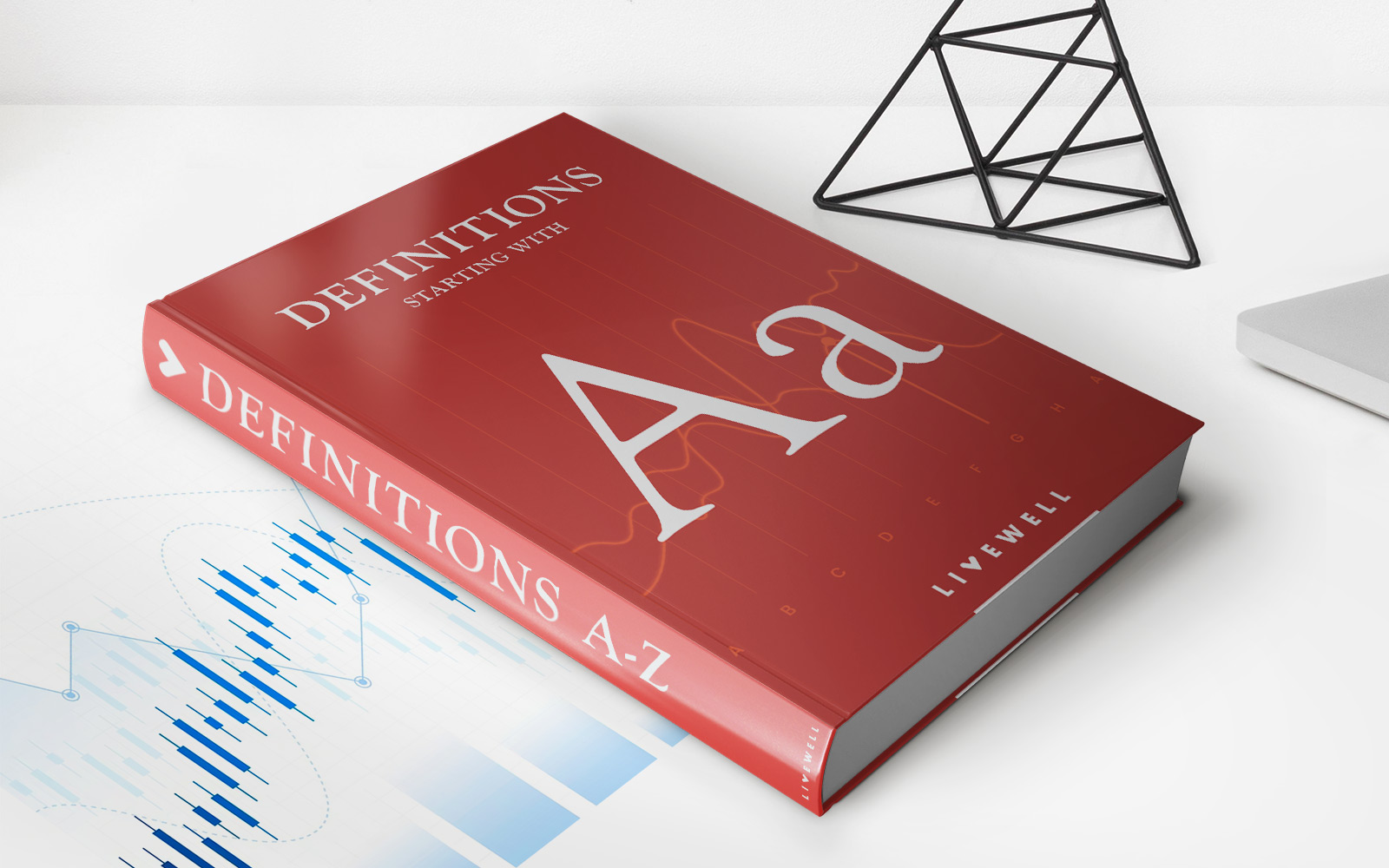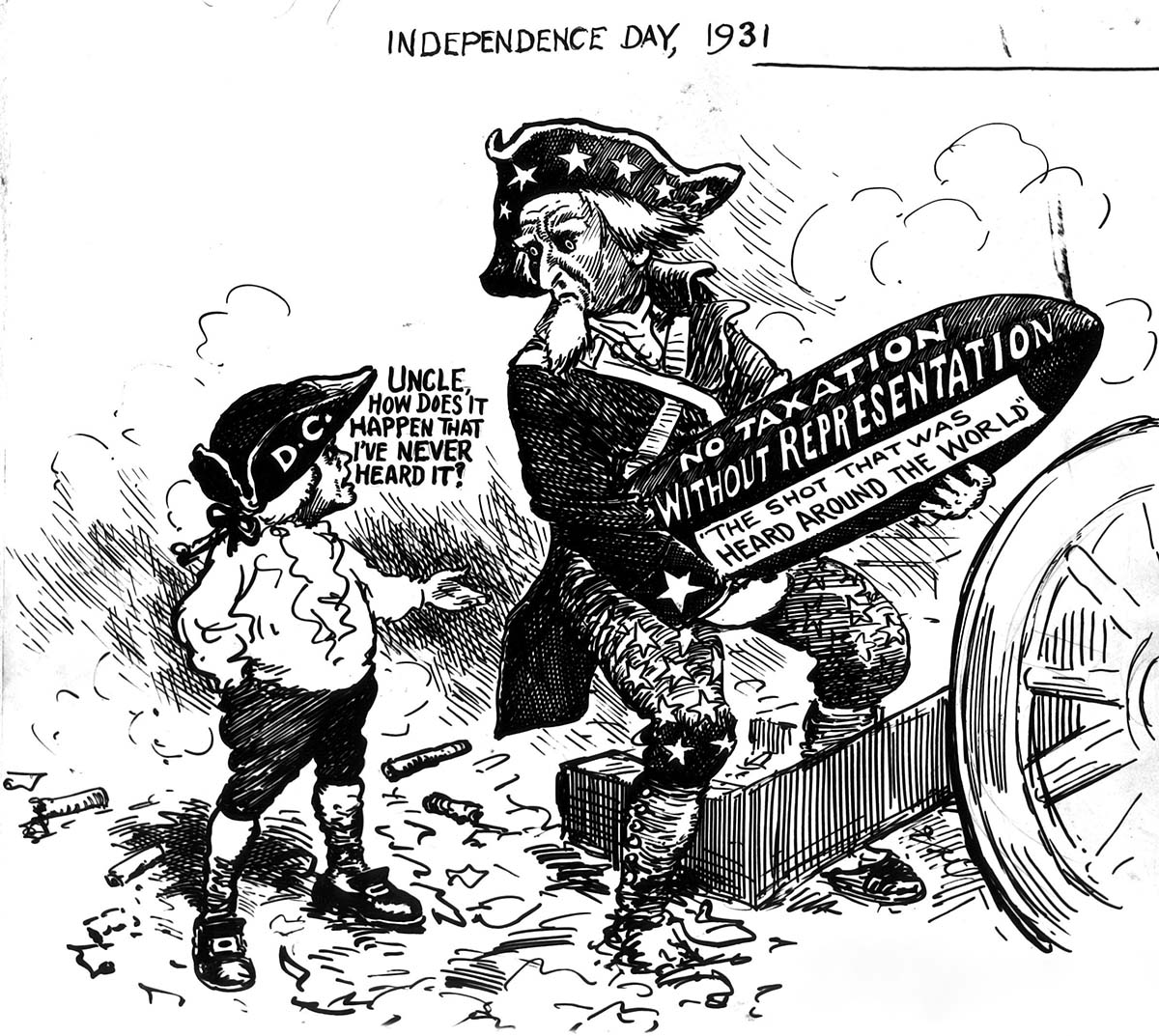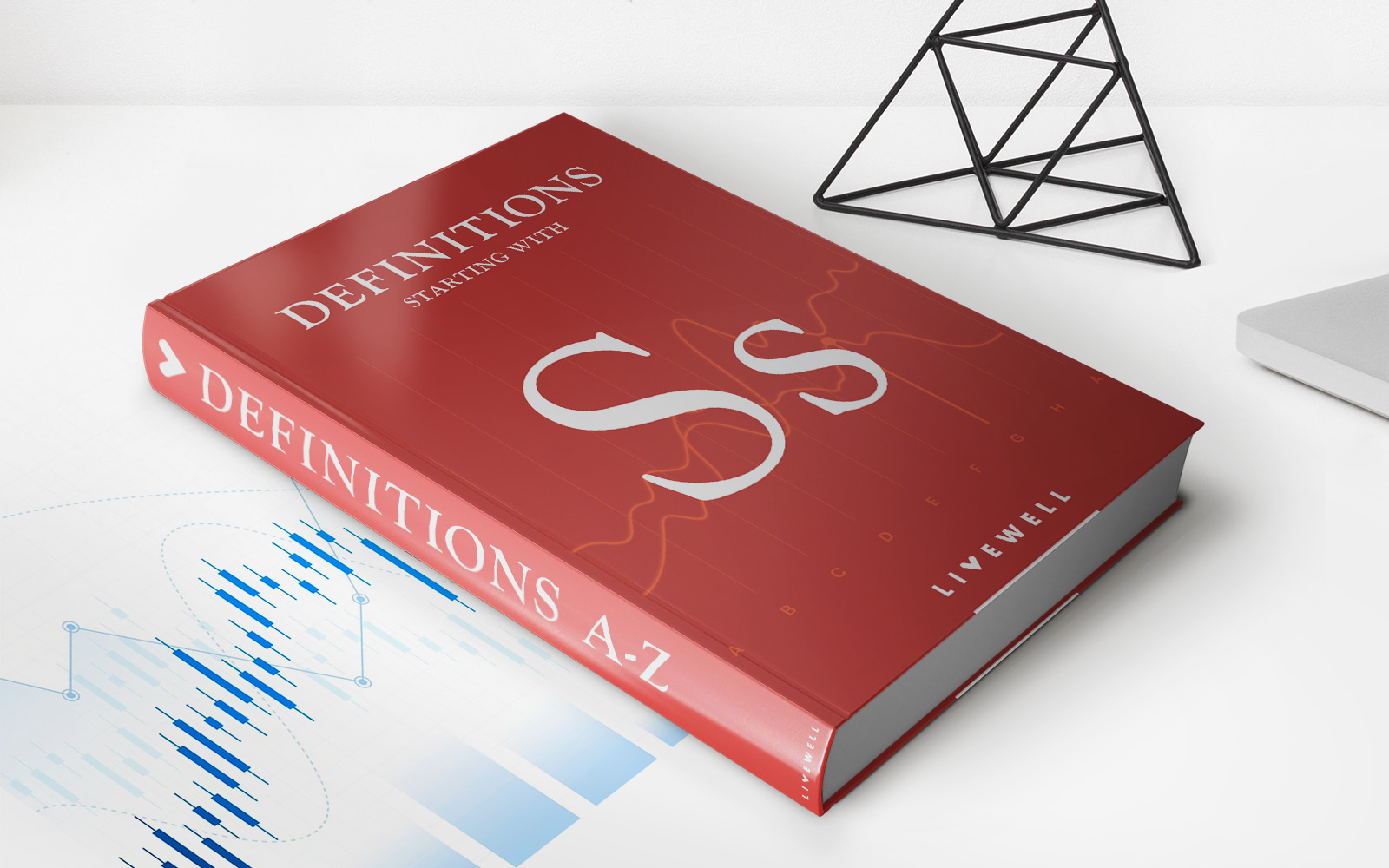

Finance
Strike Width Definition
Published: February 3, 2024
Looking to understand the term "strike width" in finance? Find a clear definition and explanation in this comprehensive guide on strike width in the finance industry.
(Many of the links in this article redirect to a specific reviewed product. Your purchase of these products through affiliate links helps to generate commission for LiveWell, at no extra cost. Learn more)
Understanding Strike Width Definition in Finance
When it comes to managing your finances, understanding key terms and concepts is crucial. One such term that often comes up in financial discussions is “strike width definition.” In this blog post, we will explore what strike width definition means in the context of finance and how it can impact your investment decisions.
Key Takeaways:
- Strike width definition plays a vital role in options trading.
- Strike width determines the price range within which an option can be exercised.
Before we delve into the specifics, let’s establish a basic understanding of options trading. Options are derivative contracts that provide investors the right, but not the obligation, to buy or sell an asset at a predetermined price (known as the strike price) within a specified period.
The strike width definition refers to the price difference between two strike prices for a specific option contract. This value is crucial because it determines the price range within which the option can be exercised. Here are a few key points to consider:
- Importance of strike width: The strike width affects various aspects of options trading, including the initial cost of the contract, potential profit or loss, and the probability of the option expiring in-the-money.
- Narrow strike width: When the strike width is narrow, it means that the difference between the two strike prices is relatively small. This scenario usually corresponds to a lower premium (contract price) since the option has a narrower price range within which it can be exercised.
- Wide strike width: Conversely, a wide strike width indicates a larger difference between the two strike prices. This broader price range increases the probability of the option being exercised, leading to a higher premium. However, wider strike widths also entail greater risk.
Understanding strike width definition is crucial for investors who engage in options trading as it can directly impact their potential returns and risk profiles. It is essential to carefully consider the strike width when evaluating option contracts to align with your investment objectives and risk tolerance.
In conclusion, strike width definition is an important concept within the realm of finance, specifically options trading. By determining the price range within which an option can be exercised, strike width plays a significant role in assessing the potential profitability and risk associated with various option contracts.
So the next time you come across the term “strike width definition,” you will have a clear understanding of its relevance in the world of finance.



